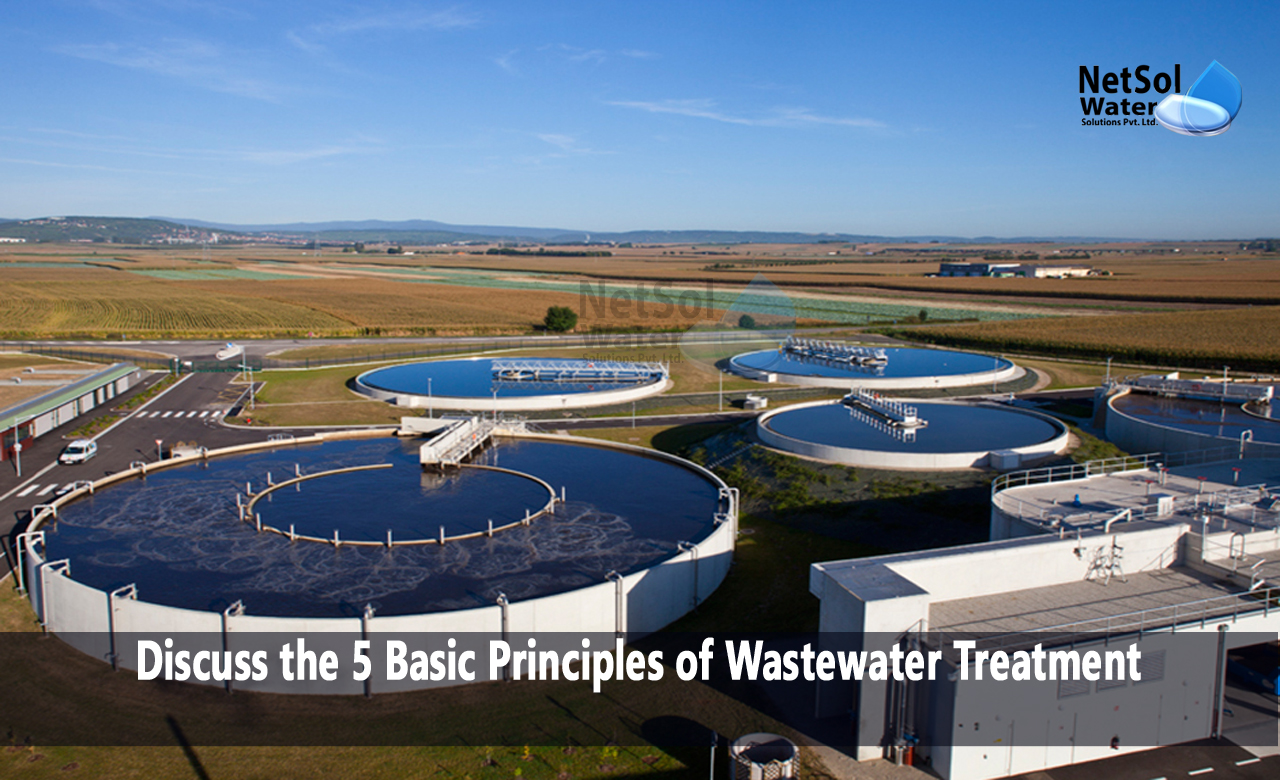What are the 5 Basic Principles of Wastewater Treatment?
Wastewater remedy is a crucial technique that safeguards public fitness, preserves the surroundings, and ensures the accountable management of water sources. To efficaciously treat wastewater, numerous methods and technologies are employed, all of which can be guided by way of five fundamental ideas. In this blog, we can delve into those five basic standards that underpin the successful treatment of wastewater.
Physical Treatment:
The first principle of wastewater remedy involves bodily tactics to separate solids and impurities from the water. These procedures consist of:
Screening: This initial step includes passing wastewater through displays to remove massive debris like sticks, leaves, and plastic.
Sedimentation: The wastewater is then held in tanks to permit larger debris to settle to the lowest, forming a sludge that can be removed.
Filtration: After sedimentation, the water is exceeded through numerous filters to eliminate finer particles and impurities. This level regularly uses materials like sand, gravel, or fabric.
These bodily treatments substantially reduce the suspended and stable debris within the wastewater, making it extra amenable to in addition treatment.
Biological Treatment:
The 2nd precept employs organic processes to break down organic count and pollution in the water. Key tactics in organic remedy include:
Aeration: Introducing oxygen to the wastewater permits beneficial microorganisms to flourish, devouring organic materials and pollutants.
Activated Sludge Process: In this technique, microorganisms are mixed with wastewater, developing an activated sludge that effectively biodegrades organic matter.
Biofilm Processes: Biofilm reactors encourage the increase of microorganisms on a guide material, supplying a surface for microbial pastime.
The biological remedy is rather powerful in lowering the biochemical oxygen call for (BOD) and chemical oxygen demand (COD) of the wastewater, which might be essential signs of water pleasant.
Chemical Treatment:
Chemical approaches are the 1/3 precept, used to treat wastewater and cast off contaminants not removed through physical and organic techniques. These tactics include:
Chemical Precipitation: Adding chemical substances to the wastewater to form strong particles that may be greater easily removed.
Chemical Oxidation: Using chemicals like chlorine or ozone to interrupt down organic and inorganic pollution.
Neutralisation: Adjusting the pH of the wastewater to lessen its acidity or alkalinity to suitable degrees.
Disinfection: The utility of disinfectants like chlorine to kill harmful microorganisms within the water.
Chemical remedy is essential in avoiding pathogens and chemical pollutants from wastewater.
Tertiary Treatment:
The fourth principle, tertiary treatment, entails advanced remedy procedures designed to refine the high-quality wastewater further. These procedures may also consist of:
Filtration through Granular Media: Advanced filtration strategies using media like activated carbon to cast off residual impurities.
Nutrient Removal: The reduction of excess vitamins like nitrogen and phosphorus that can result in water pollutants.
Advanced Oxidation: Utilizing tactics together with ultraviolet (UV) or superior oxidation to break down recalcitrant organic compounds.
Tertiary treatment is often applied while higher water quality requirements are required, especially for effluent discharge into touchy environments or for reuse.
Disposal and Reuse:
The final precept specializes in the secure and accountable disposal or reuse of treated wastewater. Depending on nearby rules and the quality of the dealt with water, options include:
Discharge into Natural Water Bodies: Treated wastewater may be correctly released into rivers, lakes, or oceans.
Agricultural Reuse: Treated wastewater may be used for irrigation and farming functions, conserving freshwater sources.
Industrial Reuse: Industries might also use deal with wastewater for non-potable techniques, lowering the call for freshwater.
Potable Reuse: In a few instances, tremendously treated wastewater may be further purified for consuming water, called oblique or direct potable reuse.
Conclusion
The five fundamental concepts of wastewater remedy work collectively to make sure that wastewater is correctly treated, resulting in water that is safe for the surroundings, public health, and various applications. As our population grows and environmental issues heighten, those ideas preserve to adapt and adapt to meet the ever-increasing demands for sustainable wastewater control. Proper adherence to these standards is essential for shielding our water sources and the planet.



